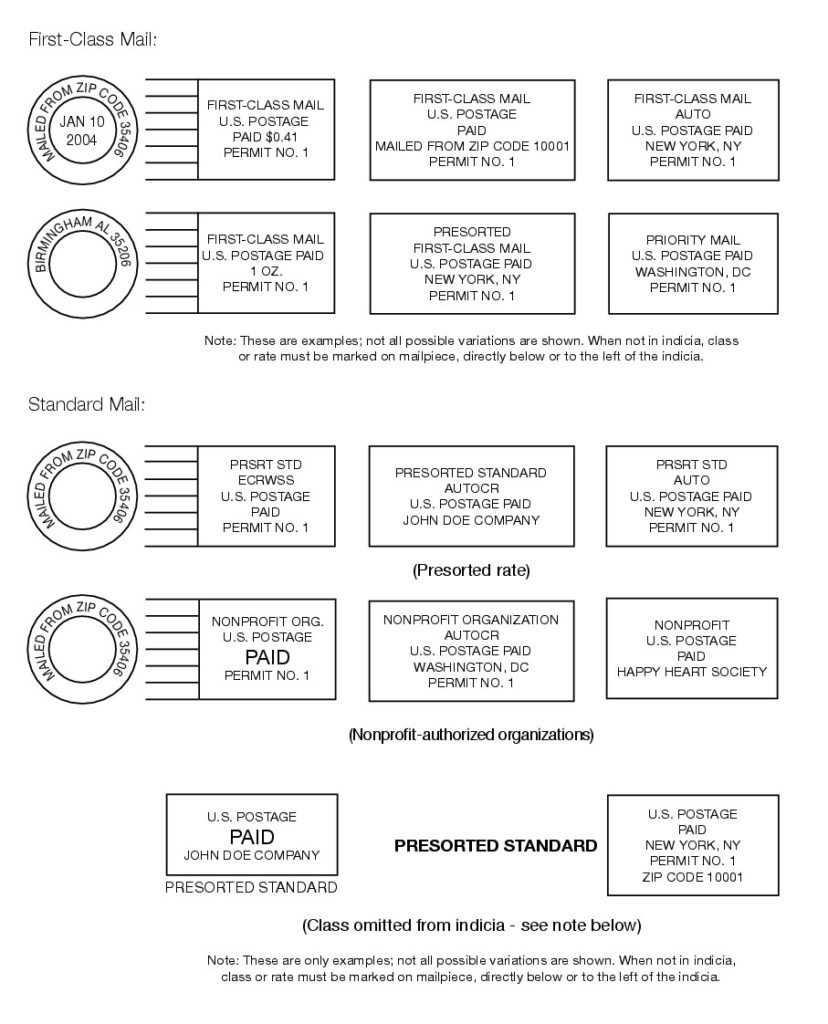The Americans with Disabilities Act (ADA) has transformed how businesses and public spaces cater to individuals with disabilities since it was signed into law in 1990. However, as the digital age has evolved, so too has the interpretation of what constitutes a “public space,” leading to the Department of Justice (DOJ) affirming that ADA compliance extends to digital content, including websites. This extension is a crucial development for businesses and organizations that operate within the digital realm, which now must ensure their websites are accessible to all users, regardless of their physical abilities.
Understanding ADA Compliance for Websites
ADA compliance for websites means making your digital content accessible to people with a wide range of disabilities. This includes visual, auditory, physical, speech, cognitive, language, learning, and neurological disabilities. While the ADA itself doesn’t provide specific guidelines for digital compliance, the DOJ has pointed to the Web Content Accessibility Guidelines (WCAG) as a standard to follow. WCAG outlines how to make web content more accessible to people with disabilities, ensuring they can interact, navigate, and contribute to the web.
Key Requirements for ADA Compliant Websites
Creating an ADA-compliant website primarily revolves around following the WCAG, which is divided into three levels of compliance: A, AA, and AAA. Most organizations aim for AA compliance, which addresses the major accessible needs without being overly restrictive. Key elements include text alternatives for non-text content, captions for videos, content that can be presented in different ways without losing information, and functionality that can be accessed by keyboard alone. Additionally, the website must be navigable and understandable to those with impairments—users must know where they are on the site and simple directions should guide them through the site architecture.
Legal Implications of Non-Compliance
The legal implications of failing to make a website ADA compliant can be severe. Numerous high-profile lawsuits have been filed against companies whose websites are found to be inaccessible, resulting in costly settlements and negative publicity. For example, in 2019, the Supreme Court allowed a lawsuit against Domino’s Pizza to proceed after a blind user was unable to order food on their website, despite the ADA’s requirements. This legal precedent underscores the importance of ADA compliance for protecting businesses from potential litigation and financial penalties.
Benefits of Ensuring Your Website Is ADA Compliant
While meeting legal requirements is certainly a driving force for ADA compliance, the benefits of an accessible website extend far beyond avoiding litigation. Accessible websites typically offer better user experiences for all visitors, not just those with disabilities. They tend to have cleaner design, simpler navigation, and overall better search engine optimization (SEO), all of which contribute to increased traffic and engagement. Additionally, by making your website accessible, you open your business to a wider audience, including the millions of people with disabilities, thereby potentially increasing your customer base and boosting sales.
Steps to Achieve and Maintain ADA Compliance
Achieving and maintaining ADA compliance involves several critical steps. First, conduct a thorough audit of your existing website to identify areas that do not meet WCAG guidelines. Tools like the Web Accessibility Evaluation Tool (WAVE) can help you identify issues. Once issues are identified, prioritize them based on their impact on users and begin remediation. Common fixes include adjusting color contrasts, adding alt text to images, and ensuring all site functions are accessible via keyboard.
After your site is updated, it’s important to view maintenance as an ongoing process. Regularly review your site as it is updated or as new guidelines are released. Additionally, involve people with disabilities in user testing sessions to get real feedback on accessibility improvements.
ADA compliance is an ongoing effort and requires commitment across an organization. From web developers to content creators, ensuring that your website is accessible to everyone not only enhances your business’s operational capacity but also demonstrates a commitment to social responsibility. By investing in comprehensive compliance measures, you not only enhance your brand’s reputation but also contribute to a more inclusive digital world.
ADA compliance for websites is not just a legal requirement but also a best practice for modern web development. By ensuring your digital platforms are accessible, you invite an entire community of users who are all too often overlooked, enhancing both the ethical and commercial performance of your business.










